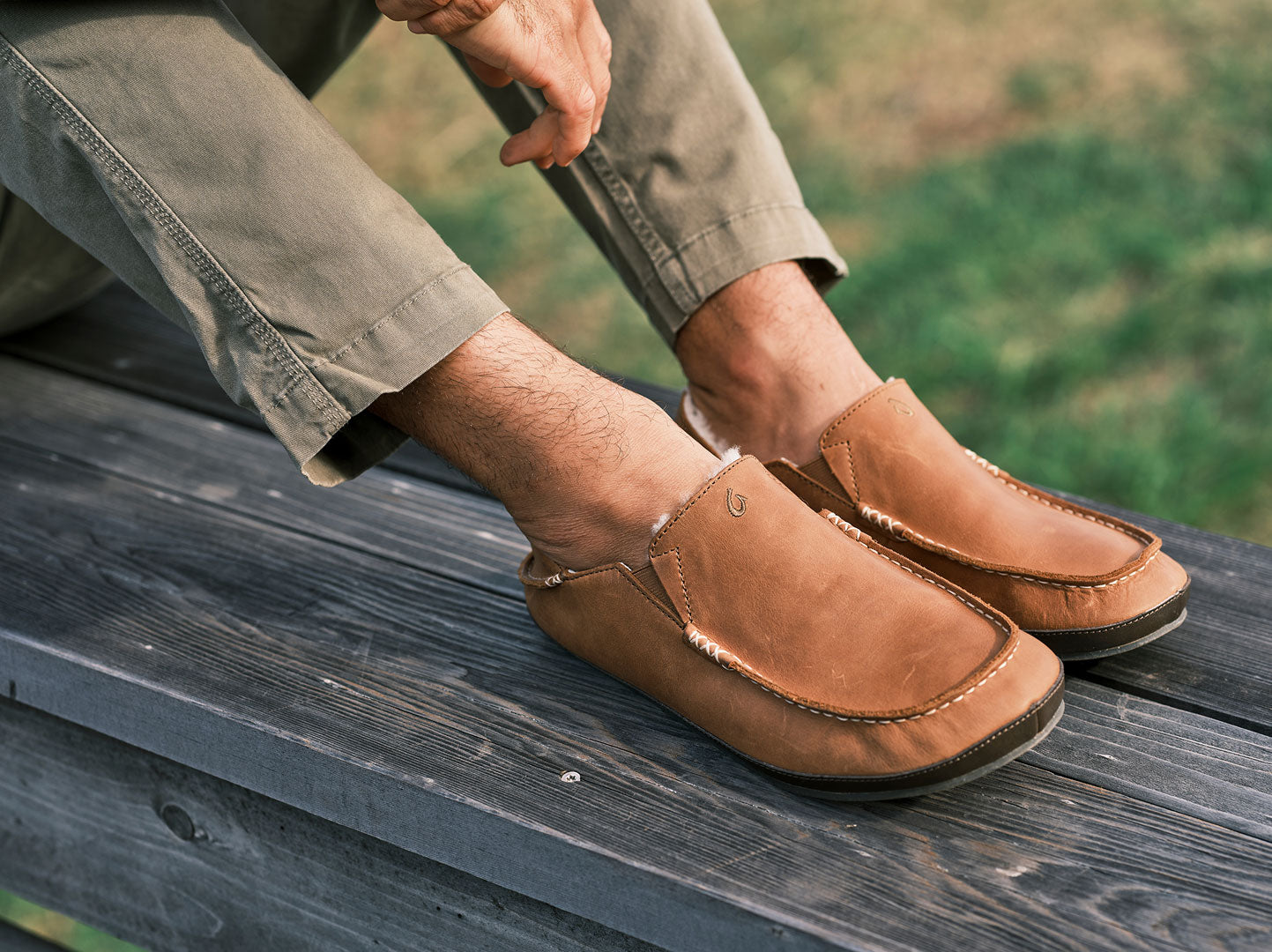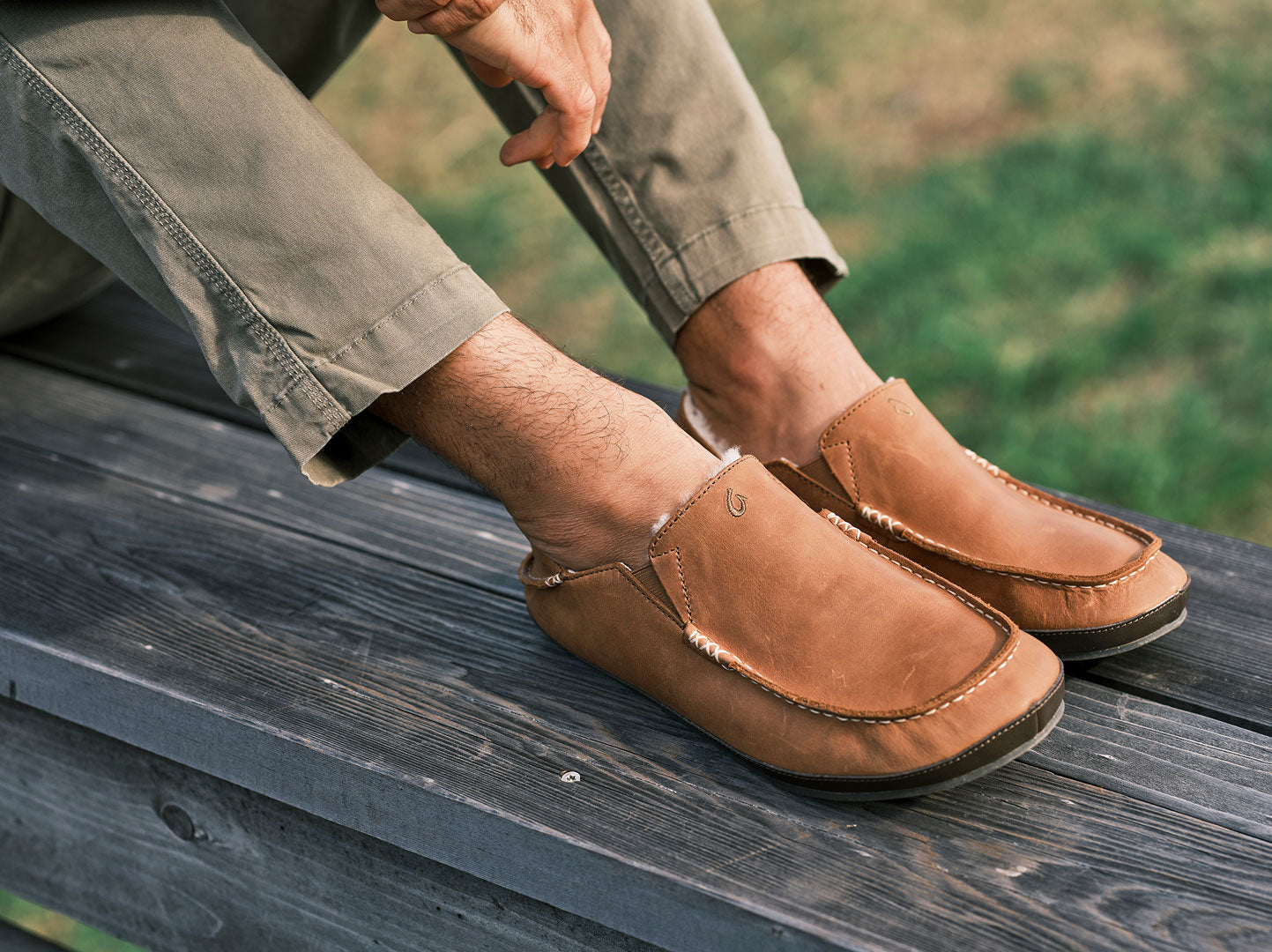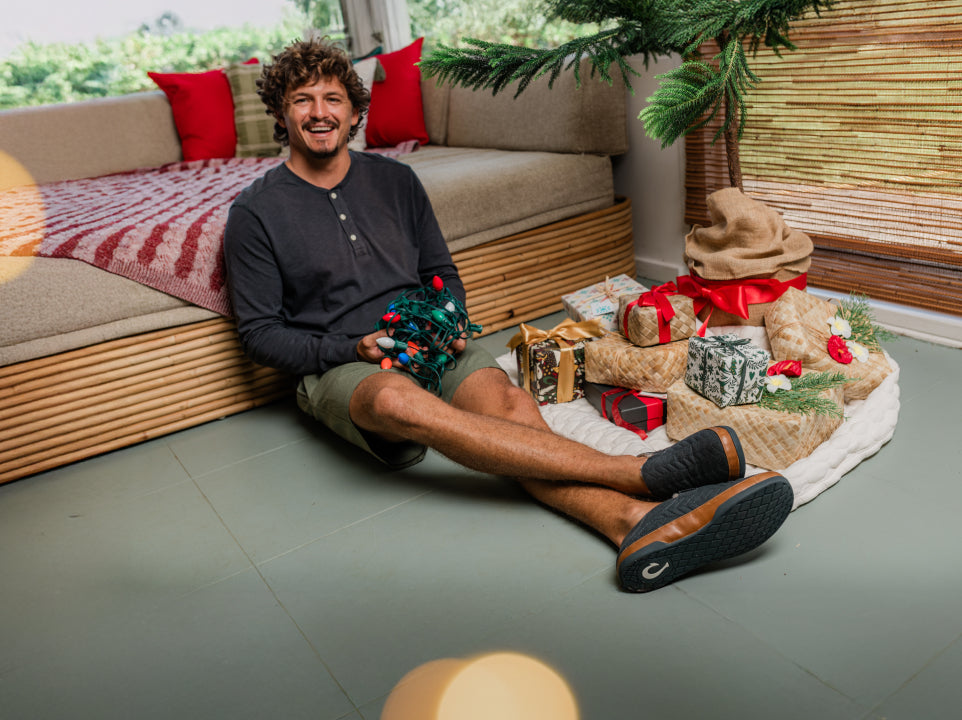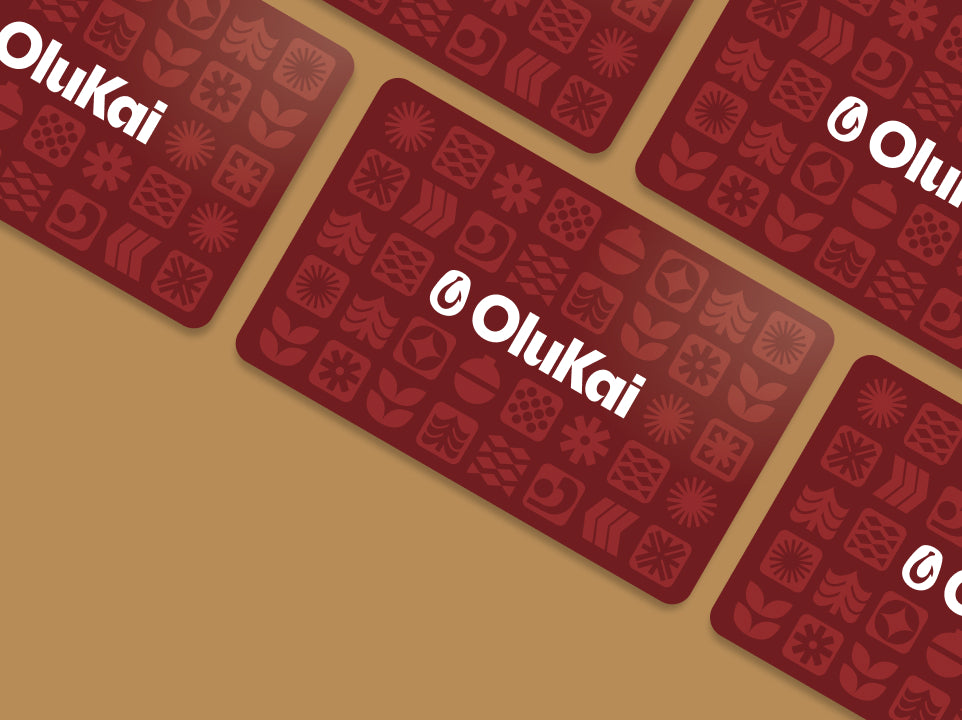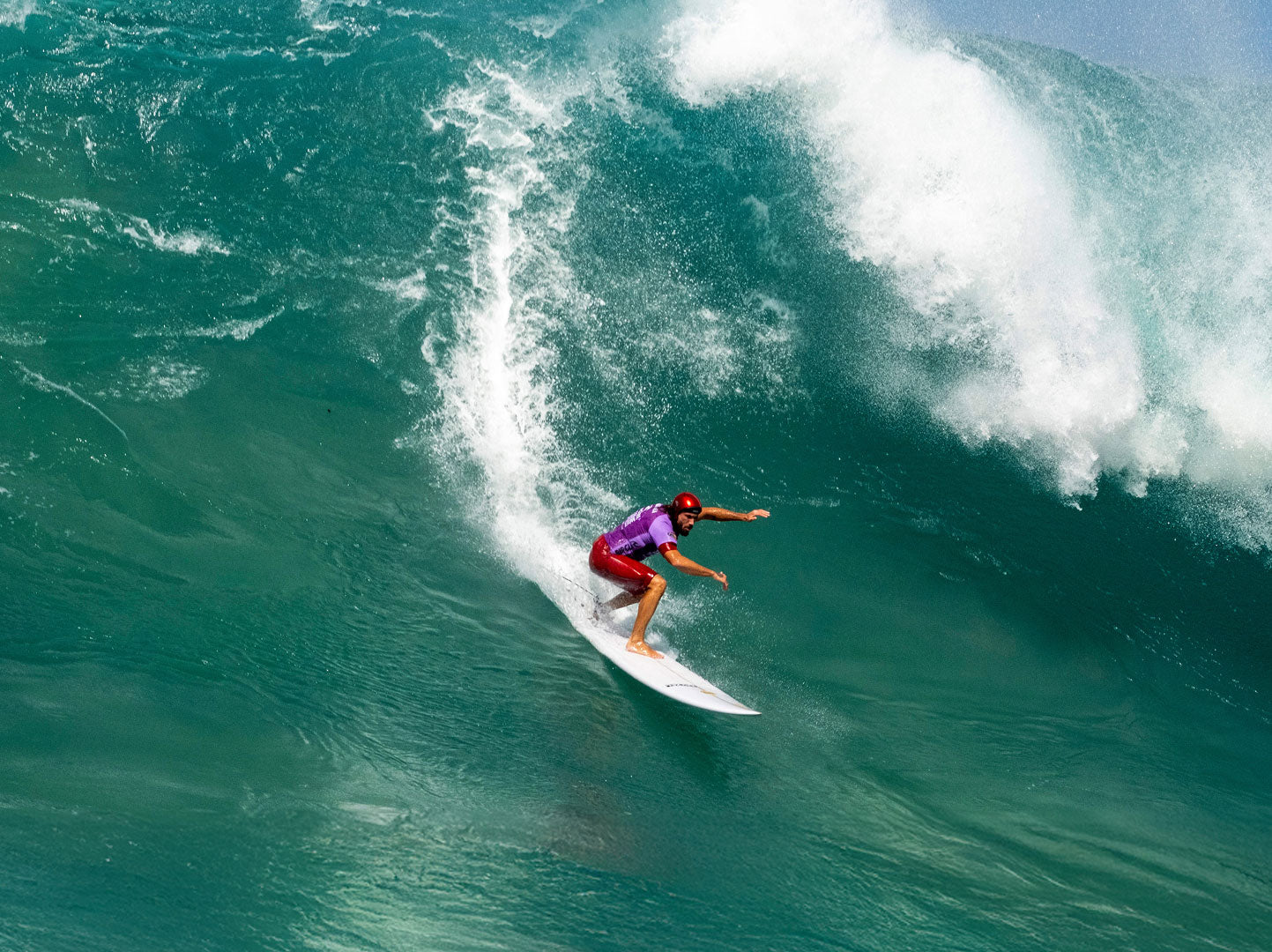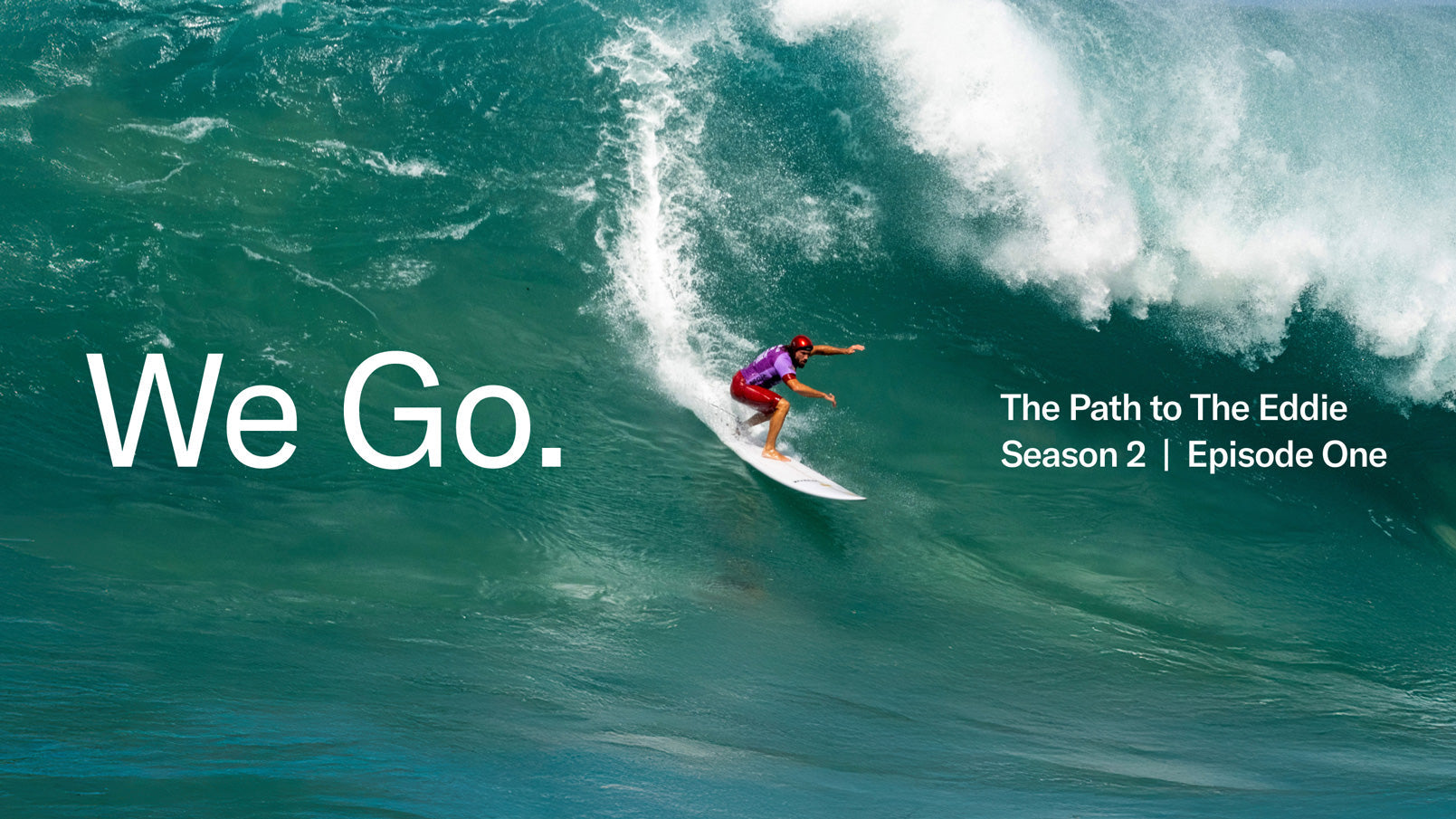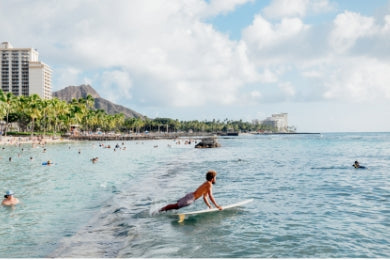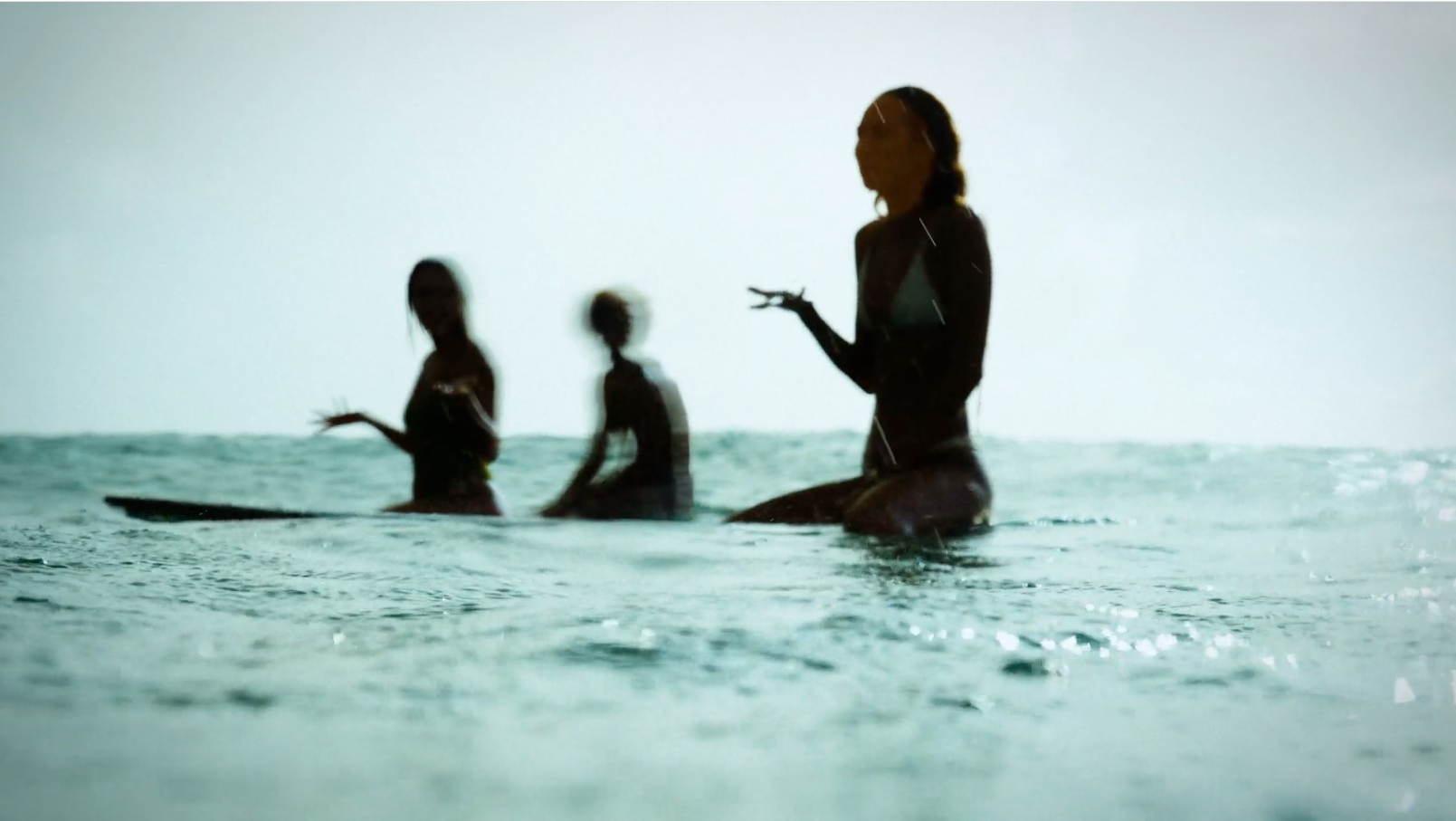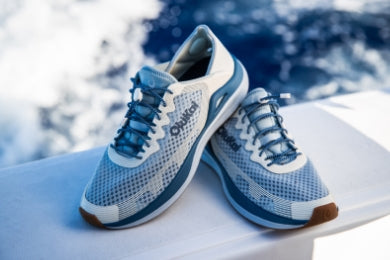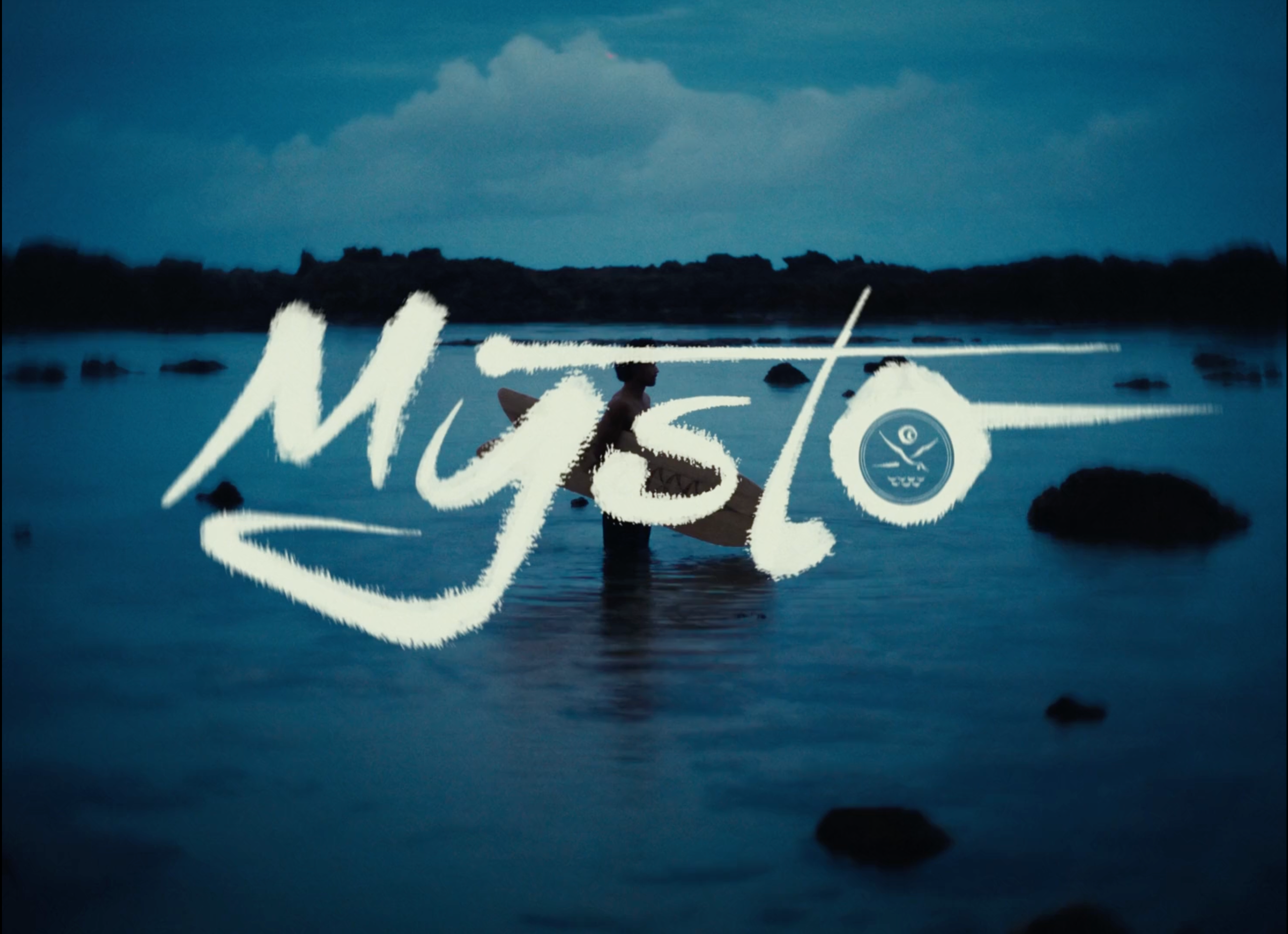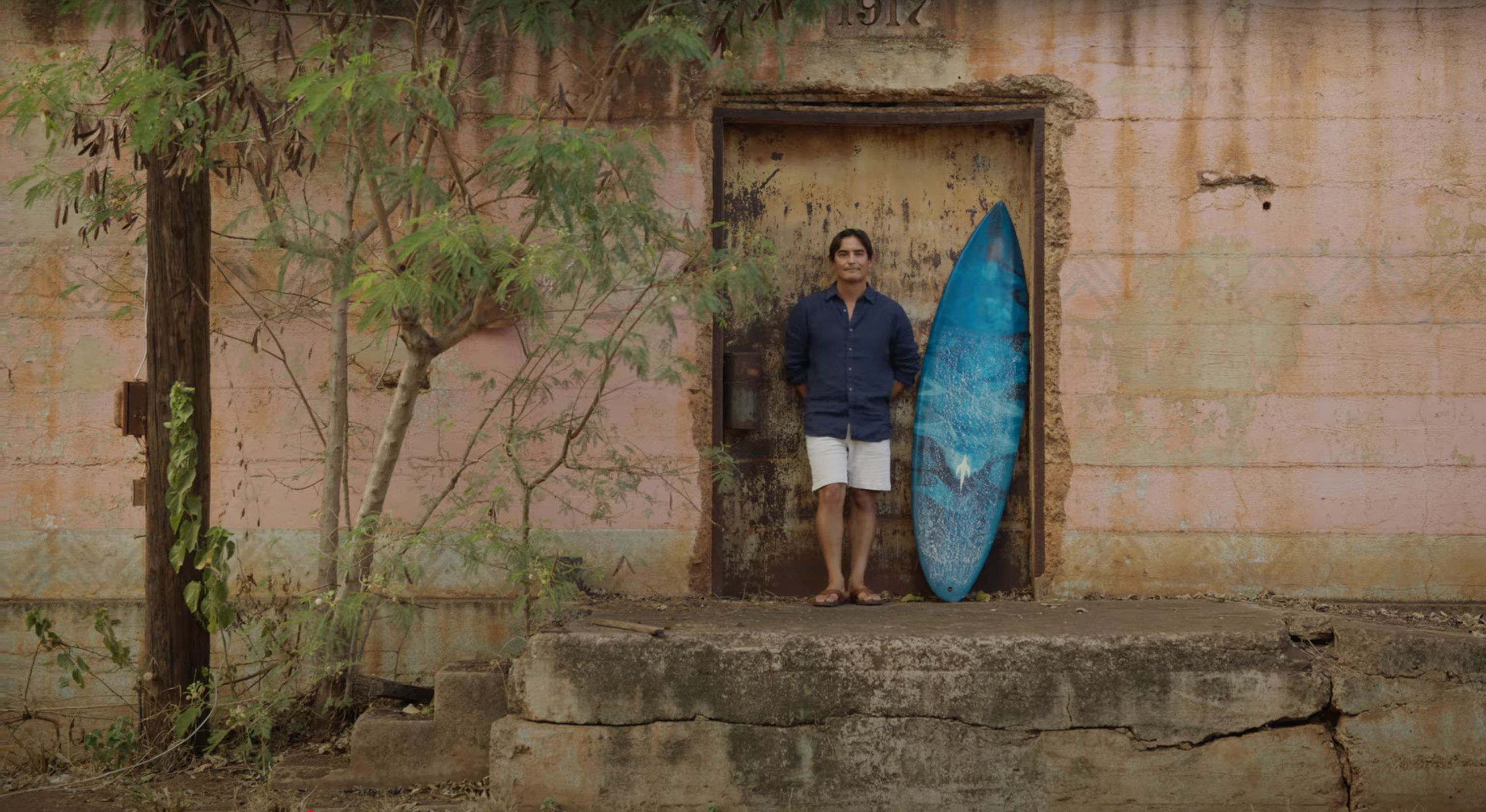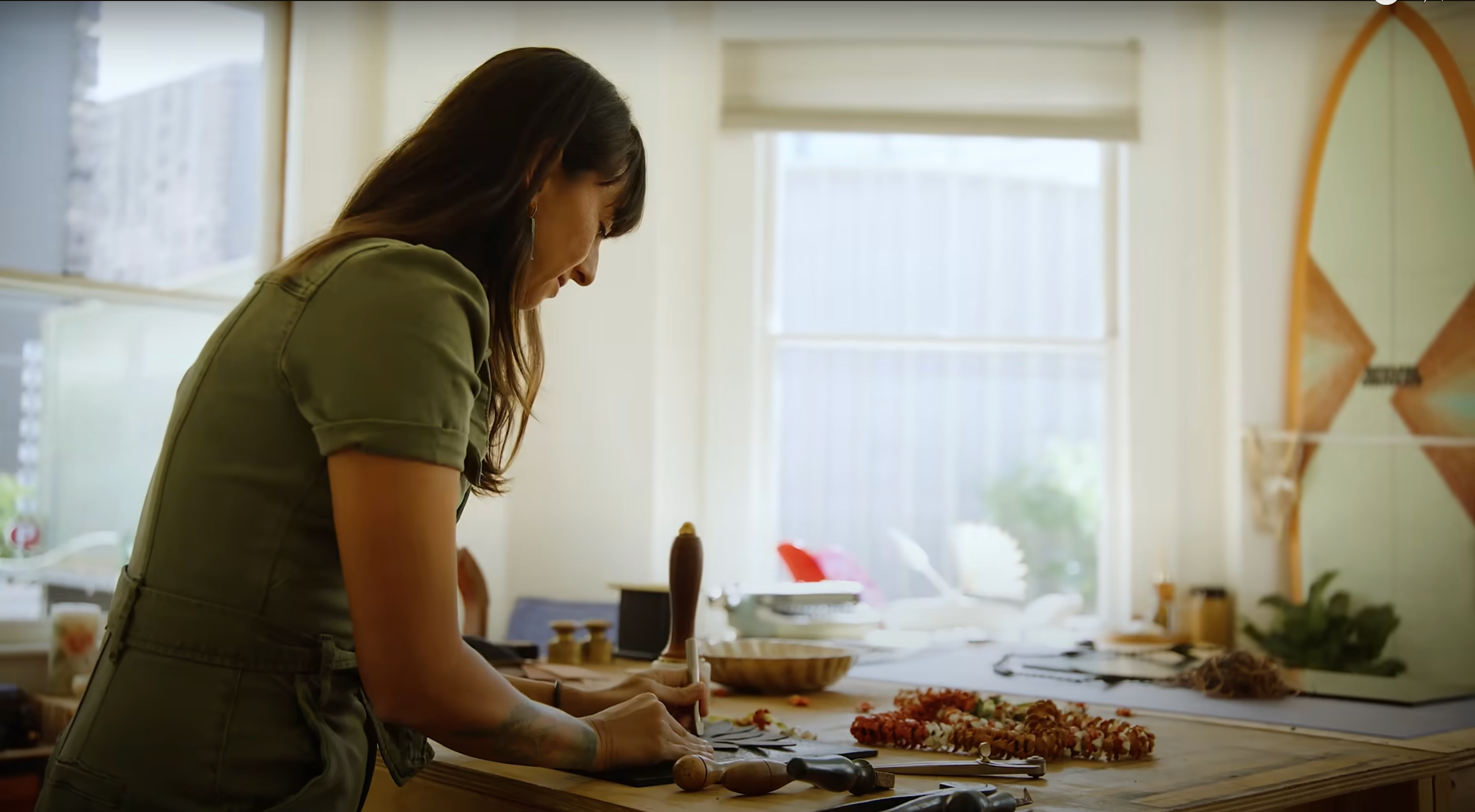Kailua-Kona: Once The Home Of Hawaiian Royalty
Once the home of Hawaiian royalty, the quaint seaside harbor town of Kailua features a sacred temple complex lovingly restored by King Kamehameha the Great. Kona refers to the district, not the town. Locals call the village Kailua-Kona to distinguish Big Island’s Kailua town from Kailua town on O’ahu. Kailua-Kona is known for breathtaking sunsets, world-famous Kona coffee, whale watching, and long lazy hours gazing out to sea.
Known for silvered clouds, golden sun, soft rains, and gentle “Kona Winds” that blow in from the Southwest, Kailua-Kona is the major urban center on the west side of the Big Island of Hawaii. Kailua-Kona is where King Kamehameha the Great established his royal kingdom. The Big Island is the first island, and for many Hawaiians, the Big Island remains the real Hawai’i.
History Of Hulihe’e Palace
In 1812, after the islands were consolidated, King Kamehameha returned to his ancestral home in Kailua-Kona, making it the headquarters for the royal kingdom. King Kamehameha lived out the last days of his life in Kona within the royal residence, dying in Hulihe’e Palace in 1819. Not long after King Kamehameha’s death, his son King Kamehameha II relocated the royal court to Honolulu, then Lahaina before finally moving the court once again back to Honolulu, leaving Hawai’I governed by Kuakini.
During Princesses Ruth’s ownership of the property, the palace became a family retreat. The home was subsequently purchased by King Kalakaua and remained a family vacation home. The home was eventually sold in 1914, by his adopted son, Prince Jonah Kuhio Kalaniana’ole, to Bathsheba Allen. Allen died within a month of the purchase and never lived in the palace.
Nestled in the very heart of Kailua, in Kona District, the royal palace is located on Ali’i (Royal) Drive. Hulihe’e Palace is also revered as the home of a sacred ancient battlefield where warriors fought fierce battles for their land and a way of life, and lost. Those warriors are now considered ghosts that wander the midnight reef, often rumored to be seen on nights of the full moon when the tides are high. They fish for ono and talk story to locals who will listen.
For more than ten years the property was neglected and left in disrepair as the jungle reclaimed the once elegant mansion. In the mid 1920’s, the Daughters of Hawaii negotiated a lease on the property and began restoring the royal residence. Today the palace, restored as a museum and placed on the National Register of Historic Places in 1973, is open to the public.
Kapu Abolished
Kailua-Kona holds the historic distinction of being the location where King Kamehameha’s successor, King Liholiho, abolished and officially broke the sacred ancient system of kapu or “things forbidden,” by sitting, talking, and eating in the presence of women.
First Christian Church In the Hawaiian Islands
On April 4, 1820, when he allowed the first missionaries to come ashore, King Liholiho, although he probably didn’t know it at the time, forever changed the future of the islands. The first Christian Church in the Hawaiian island was established at Mokuaikaua in 1820.
Exploring Kailua-Kona
The best way to explore Kailua’s historic main street, Ali’I Drive, is on foot. Comfortable walking shoes are recommended. Designated as a Hawai’I scenic byway with the official title of “Royal Steps Along The Kona Coast”, the route offers spectacular ocean vistas, shaded sugar sand beaches, a rich diversity of more than two dozen historical and archaeological sites, and an impressive array of dining, drink and shopping opportunities.
Visitors can experience upcountry Kona at the old Keauhou Store. Established in 1919, the charming store proudly displays merchandise from the past as well as Kona coffee, fresh cookies, art and local crafts.
